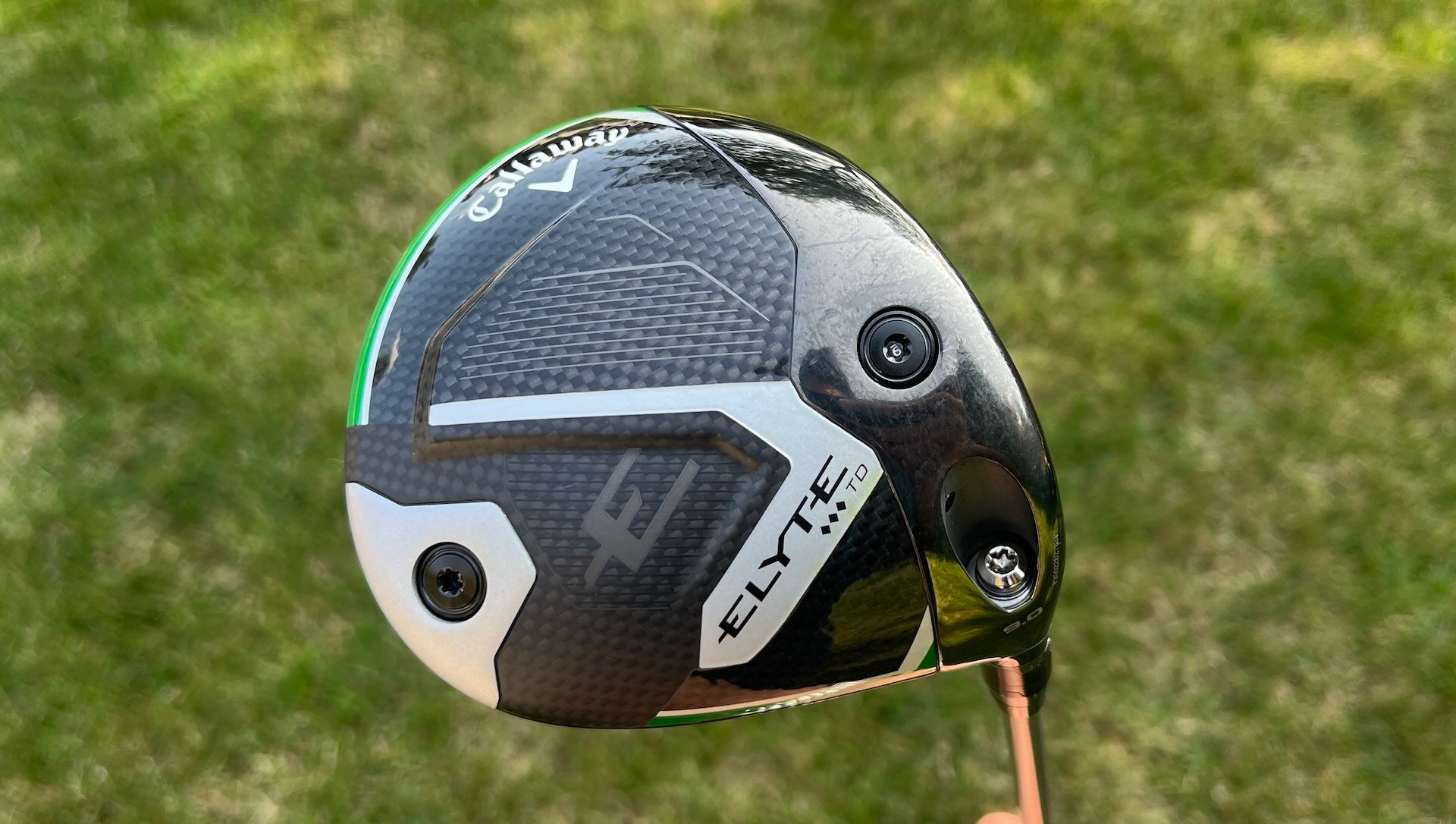
Ping Releases i240 and iDi Driving Iron Equipped with Some Clever Engineering
In true PING fashion, the newest i-Series iron and driving iron seek to enhance performance and feel.
Let's kick this one off with an analogy. Ping i-Series irons are as reliable and versatile as a Toyota 4 Runner. Whether you use one for day-to-day driving or are an experienced off-roader, it makes a fantastic choice.
So, how does this compare to irons?
Well, there aren’t too many irons on the market that are equally helpful to weekend golfers and pros like the i-Series, but somehow the engineers at PING can bring it all together, and that's exactly what they have done again with the i240.

“The new i240 irons are engineered to appeal to a wide range of skill levels. They provide precision and control with a great feel, so they technically fit into the ‘players iron’ category. But they also offer the MOI and higher launch of a game-improvement iron. We’ve designed it with more of a true cavity-back look to inform golfers of its forgiveness properties. They are a great solution for avid players who like the look, feel and performance of a blade-style iron but can also benefit from added forgiveness when they aren’t as precise with their ball striking. They pack a lot of performance into one model.” - John K. Solheim, PING CEO & President.
What is True Cavity?
In the world of golf club marketing speak, this is as straightforward as you can get. Ping is saying that we “Ping” in that case, (the guys who basically invented perimeter weighted irons) want to make sure that you know the i240s are a forgiving cavity back club. All of the design language around the cavity showcases forgiveness, but when you set it down behind the ball, it looks a lot smaller than it lets on as a way to appeal to a wide range of players.

Inside the cavity is a new multi-material badge made from chrome plated ABS (Acrylonitrile Butadiene Styrene - a thermoplastic polymer), along with carbon fiber. This new badge is 8.5 grams lighter than the one on the previous i230 which helps to free up more disgressionary mass to improve MOI.
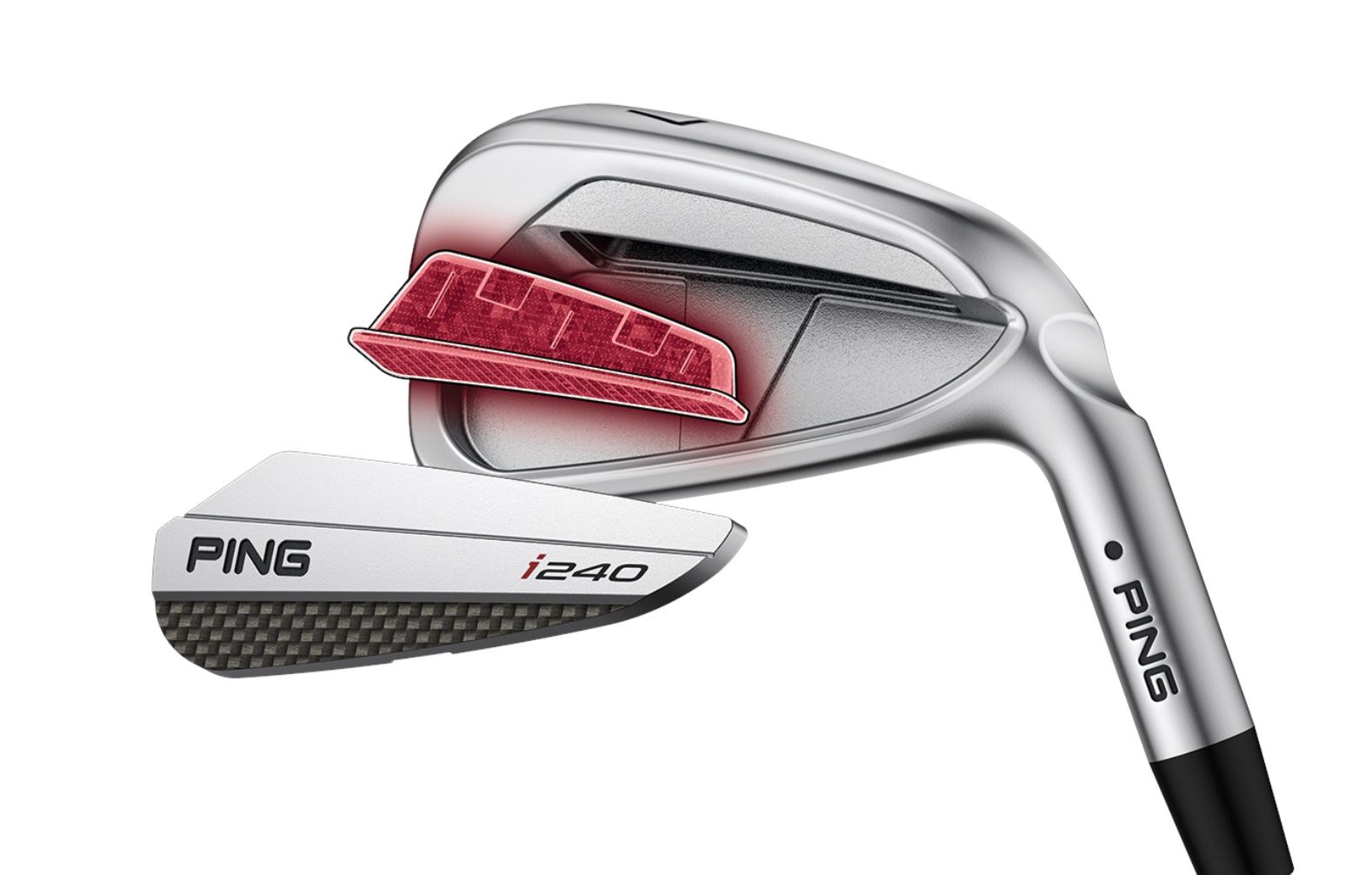
The final piece of the cavity puzzle is the elastomer insert that supports the face and helps to dampen feel by reducing unwanted frequencies from impact - a fun way of saying, it makes the irons feel softer and more solid.
As for the spec details. The i240s are available 3-UW, can be both retro and power speced for lofts, and are priced at $217 a club in steel and $232 in graphite (stock options).

Ping iDi
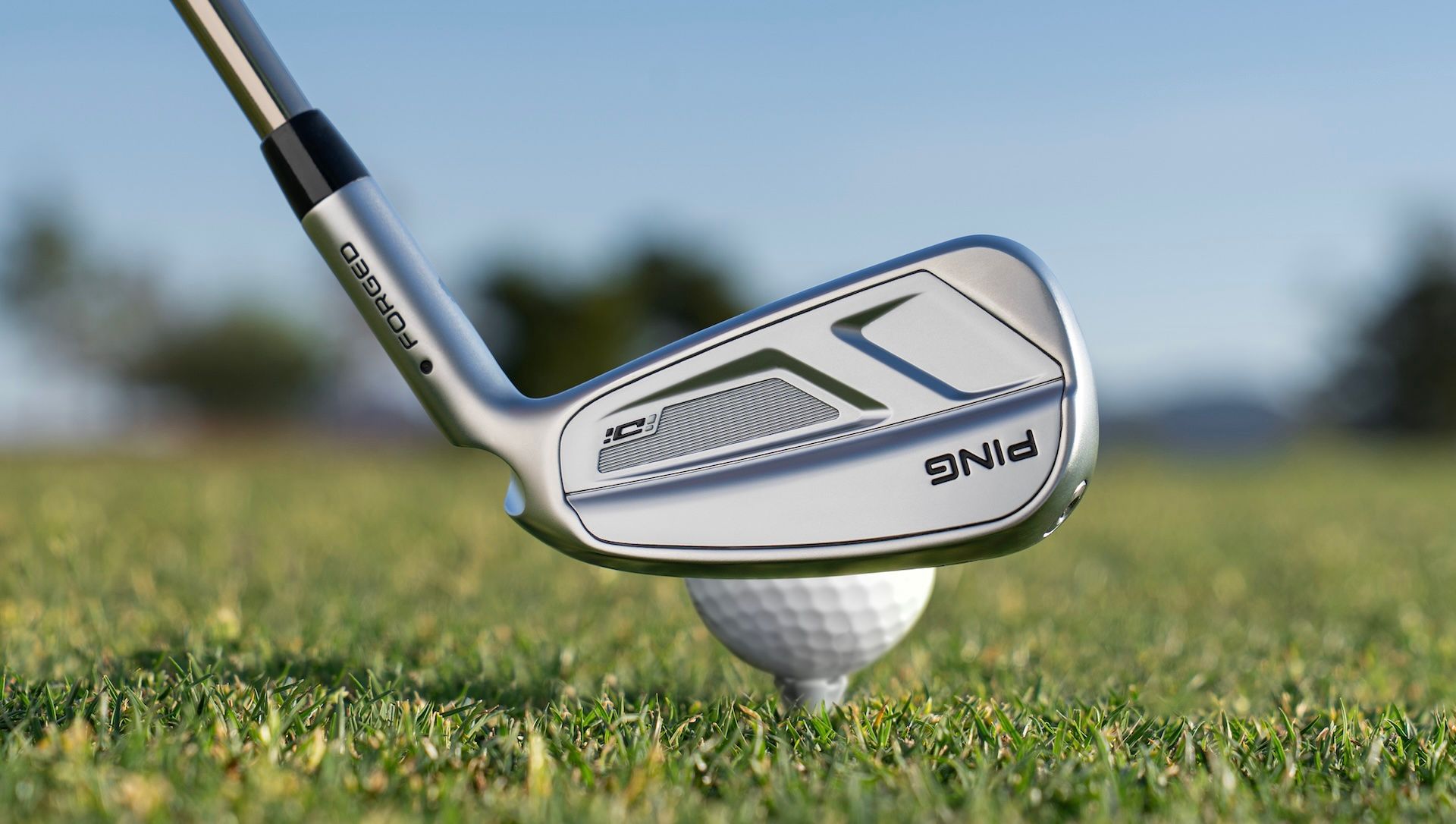
Also just in time for last weeks Open Championship Ping is releasing the iDi driving iron for players who are looking for a lower trajectory option in the long game.
Three Clubs in One
What helps to make the new iDi from PING unique is the way that the three loft options have all been tune for very specific purposes.

The 17° 2-iron is intended to be low launch and low spin to provide a flat and strong trajectory like a traditional driving iron. The 20° 3-iron offers more of a balanced design approach for players who might use it both off the tee and as a long iron replacement, and finally the 23° 4-iron is the highest launching of the bunch and is intended mostly for golfers who are looking for a more forgiving long iron replacement.
The 4-iron (plus the rest of the loft options) blend very well into iron sets because the design is much shorter heel to toe than a lot of other driving iron and long iron replacements on the market.
Whats inside
Here is where we get technical.

As far as technology is concerned, there is some old and some with the iDi that comes together to make it PING’s most versatile driving iron yet.
The 17-4 body is paired with a light and strong maraging steel face to provide more flex for maximum ball speeds. And, from a looks perspective, the wider sole and shorter heel to toe length positions the center of gravity closer to the shaft axis, which makes it easy to close the face faster and turn the club over. As for fitting options, the iDi can be bent to any one of PING’s 10 lie angle color codes too.
InR-Air

So you know how I mentioned marketing speak earlier - well, I have to give credit where credit is due because this one from PING is a doozy. As the name very cleverly suggests, inR-Air is an enclosed airpocket positioned behind the face to tune impact frequencies and enhance feel.
(I know I say that a LOT when talking about a lot of new clubs, but when thats an element designers are always working on—its worth mentioning)
From a technical perspective this makes a ton of sense: Why fill the head with an unwanted material when you can support the face and tune vibrations without adding any unnecessary mass that would otherwise reduce forgiveness. By utilizing air Ping engineers get the best of both worlds a more forgiving driving iron and one that sounds a lot for solid too.
The Ping iDi is available now for custom fitting, and comes in both right and left-handed. It’s priced at $295 in both steel and graphite.
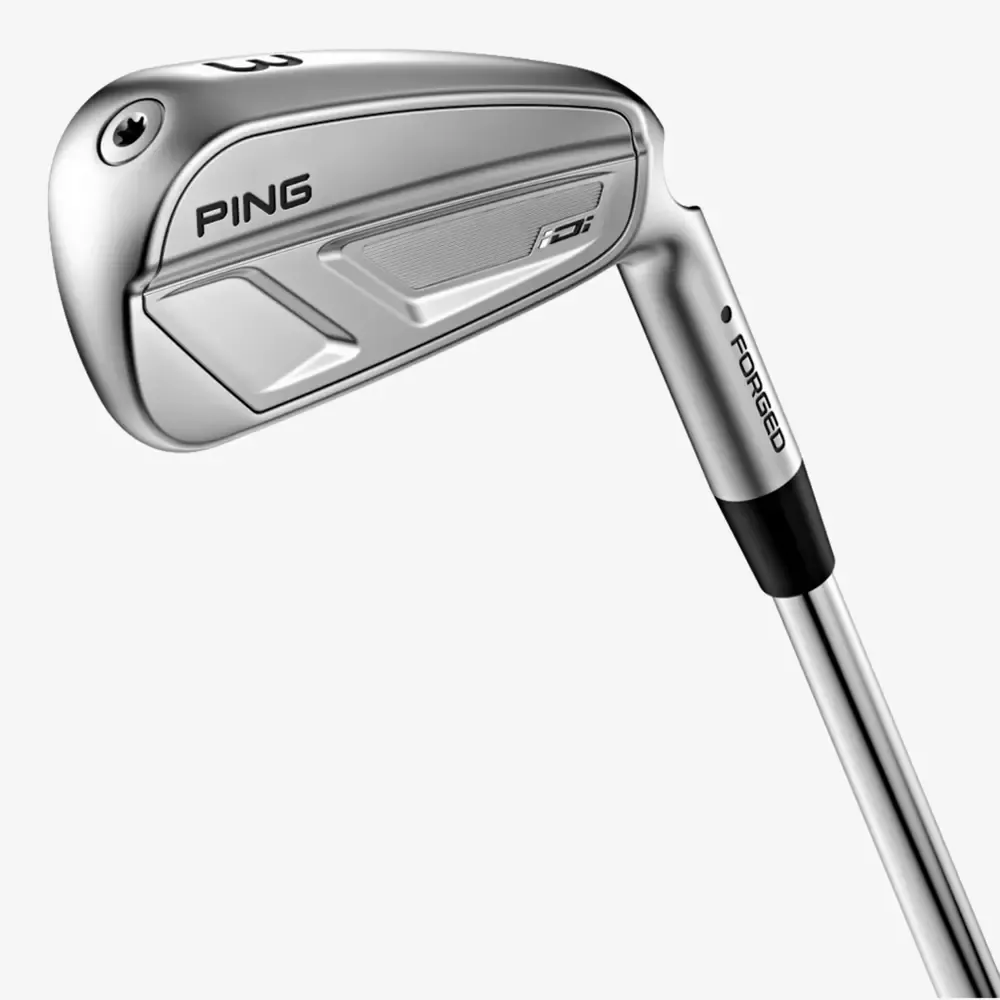
Share this article
JOIN OUR NEWSLETTER
Get our top stories in your inbox, including the latest drops in style, the need-to-know news in pro golf, and the latest episodes of Skratch’s original series.
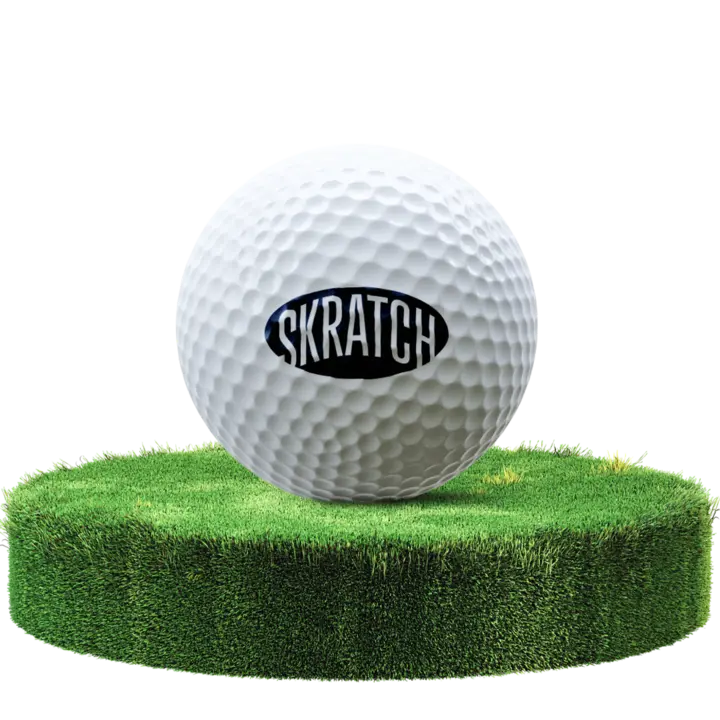

RELATED ARTICLES

Skratch 2025 © All rights reserved

